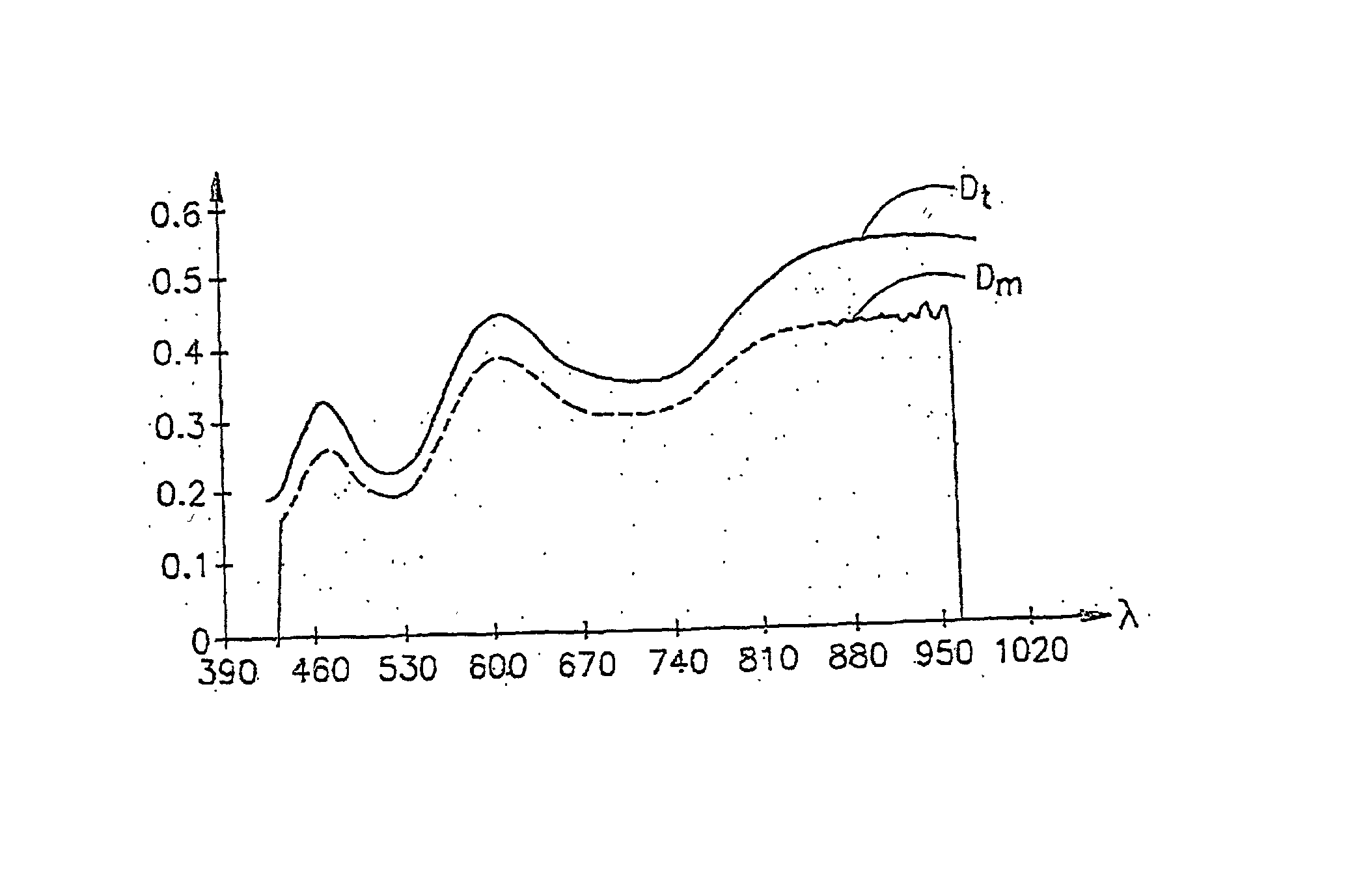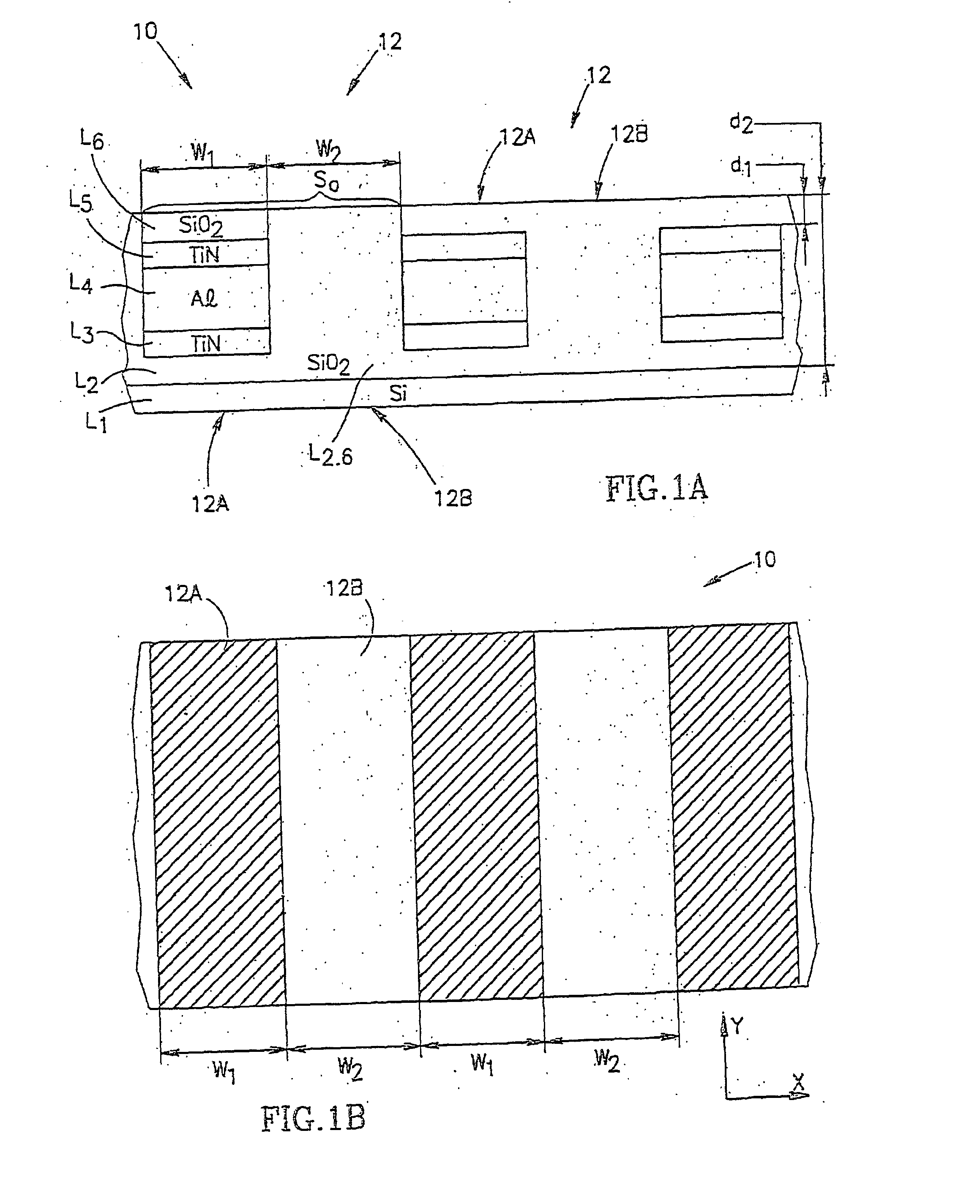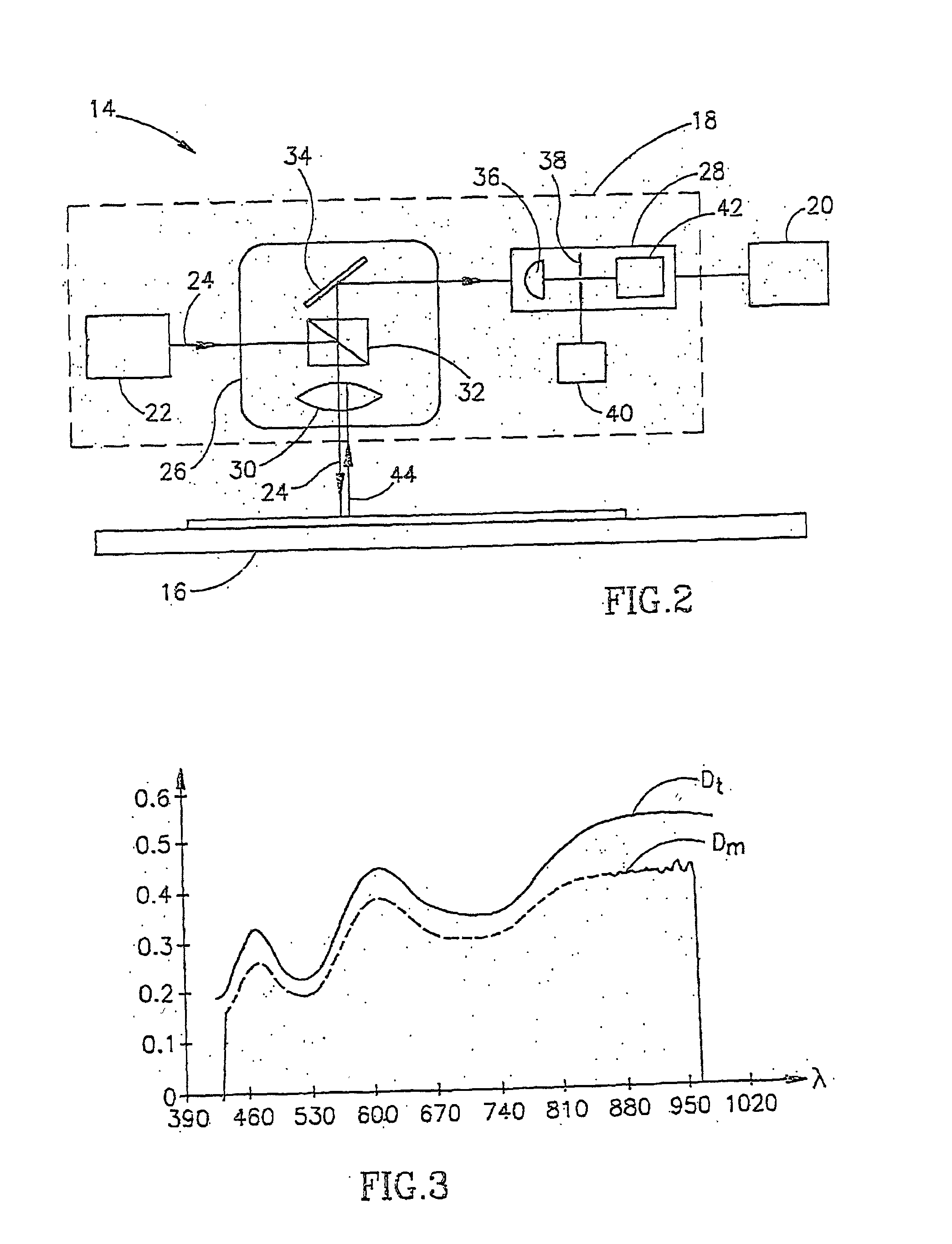Method and apparatus for measurements of patterned structures
a patterned structure and measurement method technology, applied in the field of measurement techniques, can solve problems such as difficult to solve, optical system bullying and complicated, and exclude it from continued processing
- Summary
- Abstract
- Description
- Claims
- Application Information
AI Technical Summary
Benefits of technology
Problems solved by technology
Method used
Image
Examples
Embodiment Construction
[0050] Referring to FIGS. 1a and 1b, there are partly illustrated a cross-section and a top view, respectively, of a grid-like wafer structure, generally designated 10, whose parameters are to be measured. The structure is formed of a plurality of cells, generally at 12, each constituting a grid cycle. Only three adjacent cells 12 are demonstrated in the present example with only two stacks (or elements) in each cell in order to simplify the illustration. Thus, the cell 12 comprises two stacks 12a and 12b formed of different layers. More specifically, the stack 12a includes six layers L.sub.1-L.sub.6, wherein the layers L.sub.1 and L.sub.2 and the layer L.sub.6 form two layers L.sub.1 and L.sub.2,6, respectively, of the stack 12b. As known in the conventional semiconductor devices, semiconductor structures such as sources, drains and gate electrodes, capacitors, etc. are formed in and on a semiconductor substrate (layer L.sub.1) typically made of silicon material and including metal...
PUM
 Login to View More
Login to View More Abstract
Description
Claims
Application Information
 Login to View More
Login to View More - R&D
- Intellectual Property
- Life Sciences
- Materials
- Tech Scout
- Unparalleled Data Quality
- Higher Quality Content
- 60% Fewer Hallucinations
Browse by: Latest US Patents, China's latest patents, Technical Efficacy Thesaurus, Application Domain, Technology Topic, Popular Technical Reports.
© 2025 PatSnap. All rights reserved.Legal|Privacy policy|Modern Slavery Act Transparency Statement|Sitemap|About US| Contact US: help@patsnap.com



